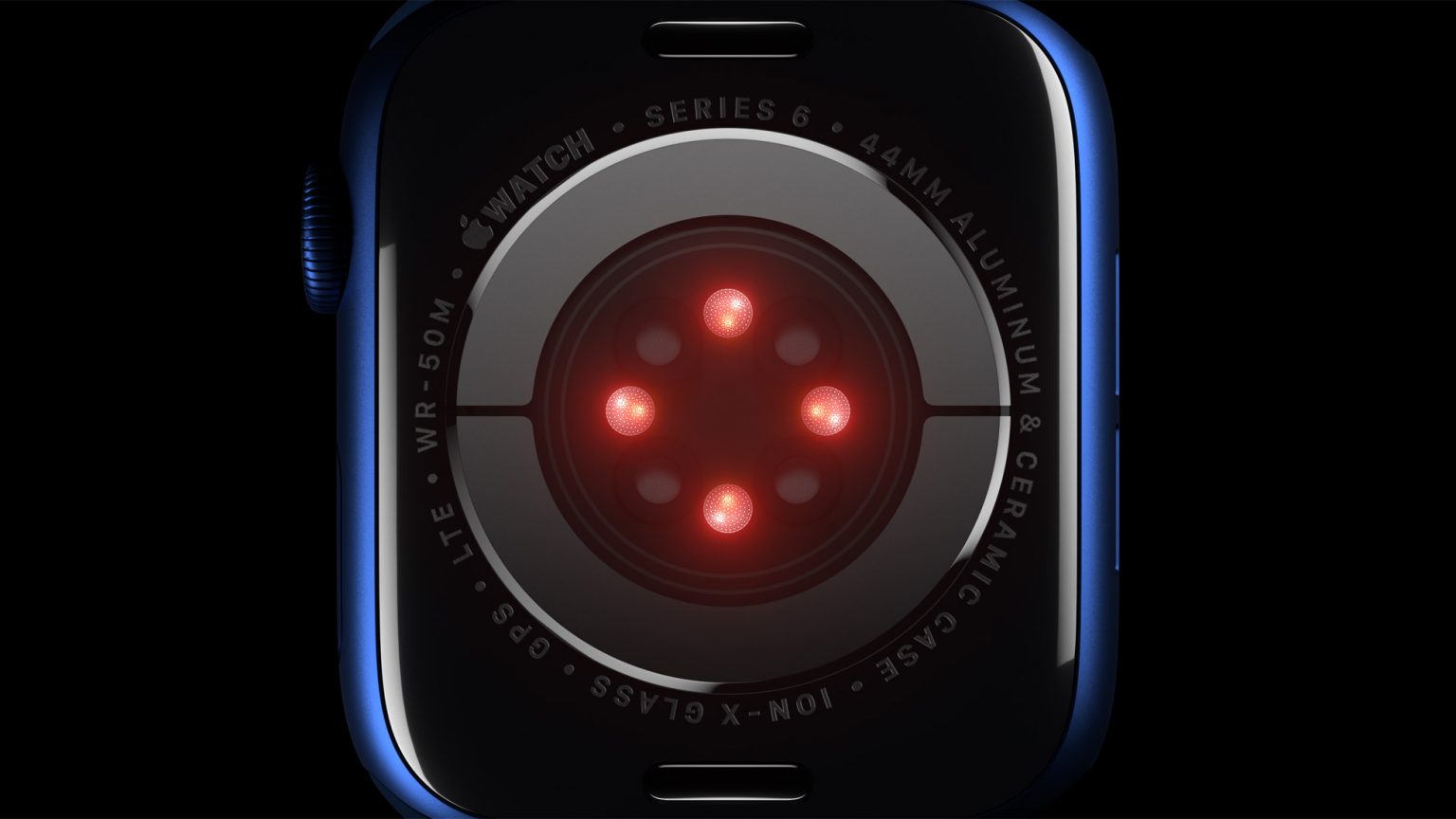Apple Watch is well-known as a health tracker, but a new report said a secret project dating back to Steve Jobs’ era — to use the wearable to monitor glucose without pricking the skin to get blood — has made headway recently. And that has major implications.
The secret effort, known as E5, could involve a device that straps to the bicep and works with the watch. If it comes to market, it could disrupt industries and help millions of diabetics.
Report: Apple closing in on continuous blood-glucose monitoring with Apple Watch
Apple’s longtime effort to develop blood-glucose monitoring technology takes places through its Exploratory Design Group (XDG) employing hundreds of engineers, a report by Bloomberg said Wednesday.
“After hitting major milestones recently, the company now believes it could eventually bring glucose monitoring to market, according to people familiar with the effort,” the publication said.
It’s a big deal because so many people would benefit from it. Namely, they are millions of diabetics around the world who currently need to prick their skin to draw blood for testing. Instead, they would be able to use the noninvasive Apple Watch system.
And that will include those who may be pre-diabetic or even unaware of their risk of Type-2 diabetes, which arises when the body stops using insulin as it should.
System uses lasers
The system relies on Apple-designed silicon photonics chips and sensors. Bloomberg described how the new system would work:
Apple is taking a different approach, using a chip technology known as silicon photonics and a measurement process called optical absorption spectroscopy. The system uses lasers to emit specific wavelengths of light into an area below the skin where there is interstitial fluid — substances that leak out of capillaries — that can be absorbed by glucose. The light is then reflected back to the sensor in a way that indicates the concentration of glucose. An algorithm then determines a person’s blood glucose level.
The project has seen 12 years in development and recent testing on hundreds of subjects. Now it “is considered to be in the proof-of-concept stage,” Bloomberg‘s confidential sources noted.
Efforts to make a such a system viable involve reducing its size. Engineers are working on an iPhone-sized device prototype that straps to a person’s bicep. Previously, it was a tabletop device.
Along the way, rumors arose that glucose monitoring would come with new Apple products, like Apple Watch 8 equipped with special sensors. They proved untrue.
‘Moonshot goal’
Bloomberg described Apple’s glucose-monitoring efforts as a “moonshot-style project” and a “moonshot goal.” That’s because many others have tried over time to accomplish it and failed. That included Google’s aborted 4-year effort to do it through contact lenses.
Apparently Apple brass figured the company was well-suited to the task, what with its hardware brilliance and massive cash reserves. CEO Tim Cook, COO Jeff Williams and Apple Watch hardware chief Eugene Kim have all involved themselves in it, with hundreds of millions of dollars spent, Bloomberg‘s sources said.
But the goal itself dates back about a dozen years to Steve Jobs. He directed Apple to buy a startup named RareLight in 2010, amid his own struggles with pancreatic cancer. It took his life in 2011.
The small company worked on noninvasive glucose monitoring. Then it became part of a secret Apple project under the auspices of Avolonte Health, headquartered about a dozen miles from Apple HQ. That kept it under wraps for a while.
But Avolonte dissolved in 2015 with the departure of Apple veteran Michael Hillman, and the work transferred to XDG.
Source: Bloomberg


